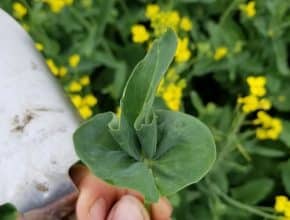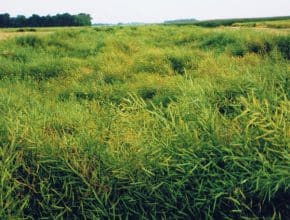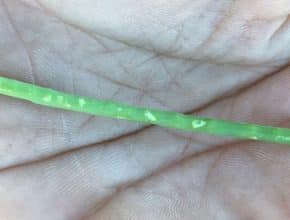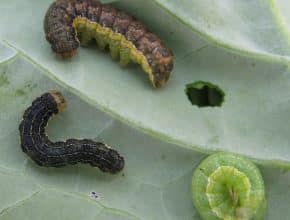The following quiz questions (and detailed answers) will help you identify the disease symptoms you’re seeing…
Canola Watch Posts
-
-
-
If you have a canola field with a lot of perennial weed escapes, especially Canada thistle, are you better to spray them pre-harvest or post-harvest for maximum efficacy? There are benefits to both options…
-
If you find a patch of canola plants with clubroot galls, take action now to contain it. This is especially important (1) if clubroot is new to the farm or (2) if the field is seeded to a clubroot-resistant (CR) variety and the patch could have a new pathotype that you need to contain…
-
Here are some common questions from canola growers who are wanting to measure their losses at the combine…
-
-
-
It’s ‘I spy’ time! This quiz is just one question but too fun to pass up. Train your eye for bertha scouting…
-




